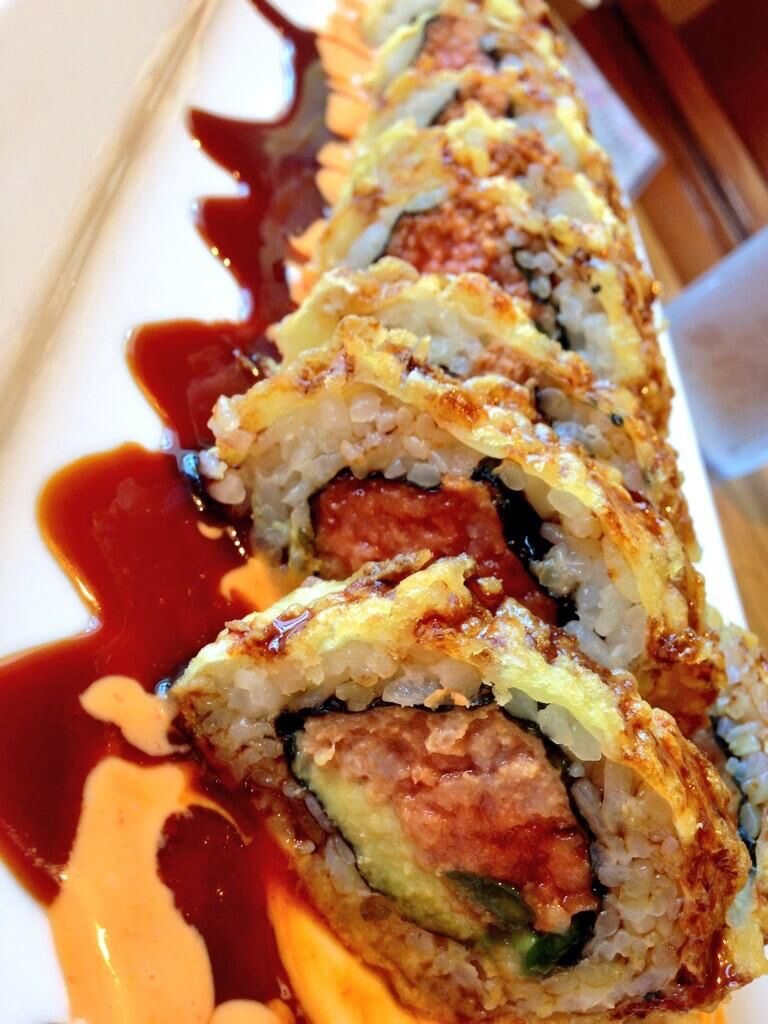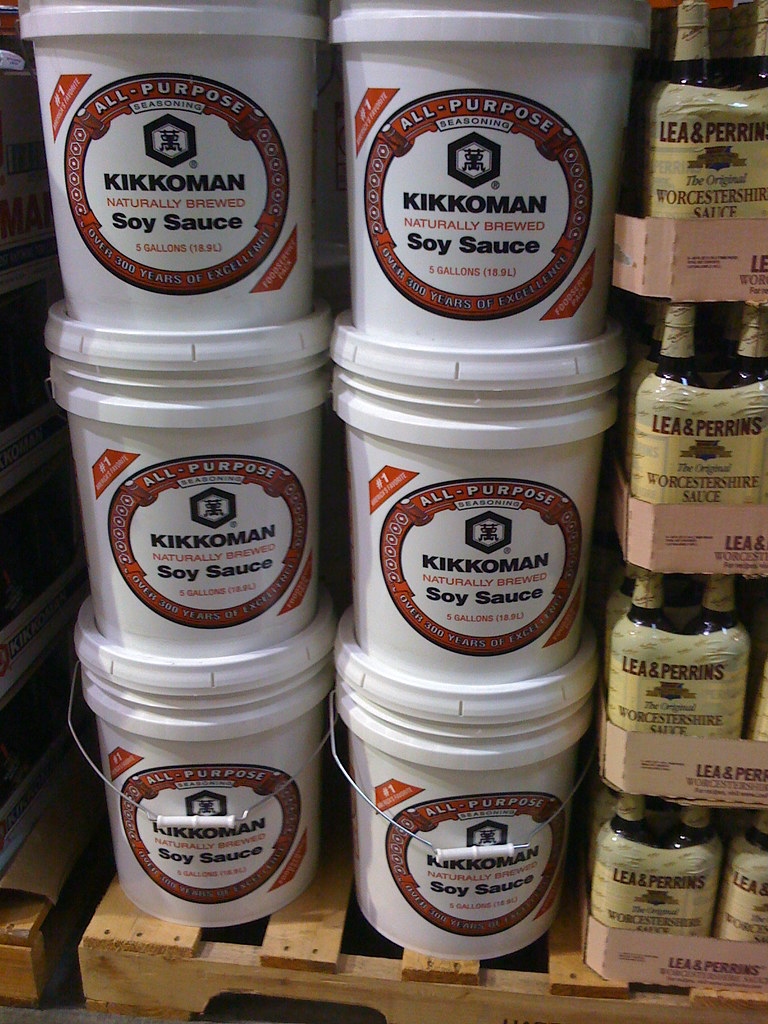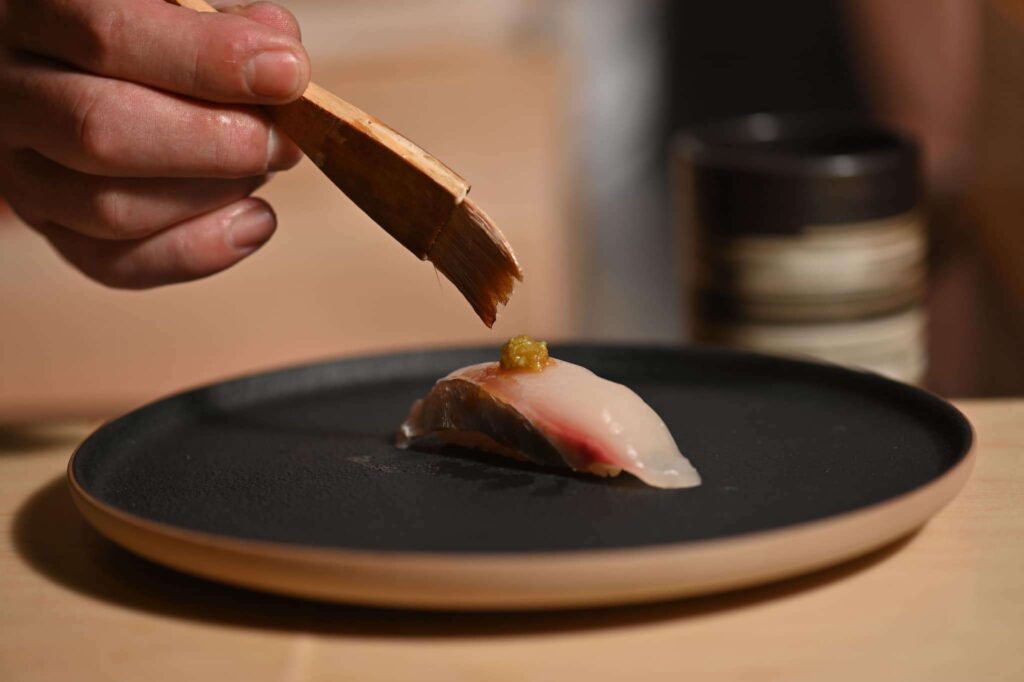
What Happened to Neighborhood Sushi?

Back in the day, neighborhood sushi joints were these quiet little spots where you could enjoy sushi the way it was intended: fresh fish, perfectly balanced rice, and maybe a hint of wasabi if you were feeling adventurous. But fast forward to now, and American sushi has transformed—scratch that, devolved—into a culinary circus. Rolls drowning in soy sauce, mayo, and every absurd topping imaginable are now the norm. Deep-fried? Sure. Drizzled in enough sauce to drown a small animal? Why not. So, what exactly happened to sushi in America? Spoiler alert: it’s no longer about the fish.
As globalization did its thing, food cultures started to mash together, and suddenly soy sauce found itself splattered all over dishes that had no business involving it. What was once a humble, traditional condiment became the go-to flavor booster for anything that needed to be “elevated,” because obviously, no dish is complete without a splash of soy. Chefs and home cooks got a little too carried away, tossing soy sauce into everything from marinades to desserts, like it’s some sort of magical elixir. But hey, if it works, it works, right? Forget balance—just drown it in soy sauce and call it innovation.
And of course, the health trend train rolled in, dragging soy sauce along for the ride. Vegans and health fanatics everywhere clutched their soy-based pearls when low-sodium and gluten-free versions hit the market. Apparently, soy sauce can now be both indulgent and virtuous. Who knew? It’s the perfect solution for those who want to sprinkle a little “wholesome” flavor over their quinoa bowls without actually giving up taste. Because at the end of the day, no one’s using soy sauce for its health benefits—they just want their food to stop tasting like cardboard.

The Rise of Complicated Cut Rolls
Ah yes, the downfall of neighborhood sushi can be perfectly summed up by the rise of the absurdly over-the-top cut rolls with equally ridiculous names. Enter the “Fire Dragon Roll” or, even better, the “Local Handy Roll”—because nothing says traditional Japanese cuisine like slapping a catchy name on something stuffed with fried seafood, cream cheese, and drowned in spicy mayo. These Frankenstein rolls are jam-packed with everything imaginable, short of the kitchen sink, because subtlety and balance clearly weren’t cutting it.
Meanwhile, the simple, clean flavors of traditional sushi are left in the dust. Who needs to appreciate the delicate taste of fresh fish when you can shovel down an overstuffed, calorie-loaded monstrosity that barely resembles sushi anymore? After all, why enjoy a nuanced bite when you can deep-fry it, smother it in sauce, and call it a “fusion” experience? Traditional sushi, with its focus on actual fish, didn’t stand a chance.
The Obsession with Soy Sauce

Many Americans drown their sushi in soy sauce, a practice that horrifies purists. Soy sauce is meant to complement the subtle flavors of sushi, not overpower them. Unfortunately, the delicate balance between fish, rice, and seasoning is lost when sushi is submerged in saltiness. This heavy-handed use of soy sauce is a direct result of complicated rolls that rely on overpowering flavors, rather than allowing the ingredients to shine on their own.
To further understand the obsession with soy sauce, one must look beyond its basic use as a condiment. Soy sauce is deeply rooted in cultural and culinary traditions, especially in East Asia, where it has been a cornerstone of flavor for centuries. The umami-rich liquid plays a key role not only in enhancing taste but also in balancing the harmony of flavors in many dishes. In recent years, the global popularity of soy sauce has grown, transcending traditional cuisine to become a versatile ingredient in fusion dishes, snacks, and even beverages. This widespread admiration is a testament to its ability to adapt and complement diverse food cultures, making it more than just a seasoning—soy sauce is now a symbol of culinary integration and creativity.
The Mayo Takeover
Another sign of the shift away from neighborhood sushi is the obsession with mayonnaise-based sauces. Once a rare addition to specific dishes, these sauces now smother nearly every roll on American sushi menus. Spicy mayo, eel sauce, and even tempura flakes are layered so thick that the fish is barely discernible. Authentic sushi chefs shudder at this trend, knowing that sushi was never meant to be a sauce-heavy dish.
The Lost Art of Simplicity
Neighborhood sushi was about celebrating the simplicity and quality of fresh ingredients. The best sushi chefs practiced restraint, knowing that the key to great sushi was balance. Unfortunately, the modern American palate seems to prefer excess over subtlety, turning sushi into a meal defined by bold, sometimes conflicting flavors. What once required artistry is now a circus of overcomplication, far removed from its humble roots.
Can We Bring Back Authentic Sushi?
As neighborhood sushi joints are pushed out by flashy chains that specialize in these monstrous rolls, one can’t help but wonder: is there a way back to authenticity? Some restaurants and sushi chefs are trying to reclaim the original art of sushi-making, focusing on traditional offerings like nigiri, sashimi, and lightly flavored rolls. However, they face an uphill battle against the American obsession with quantity and intense flavor combinations.

The decline of neighborhood sushi can be traced to a shift in consumer preferences. Americans, enamored with sauces and gimmicky rolls, have strayed far from the authentic sushi experience. Yet, for those who seek it, a few gems remain—quiet havens where sushi is still prepared with care and respect for tradition. Perhaps, in time, the pendulum will swing back, and neighborhood sushi will once again have its place.

































Recent Comments